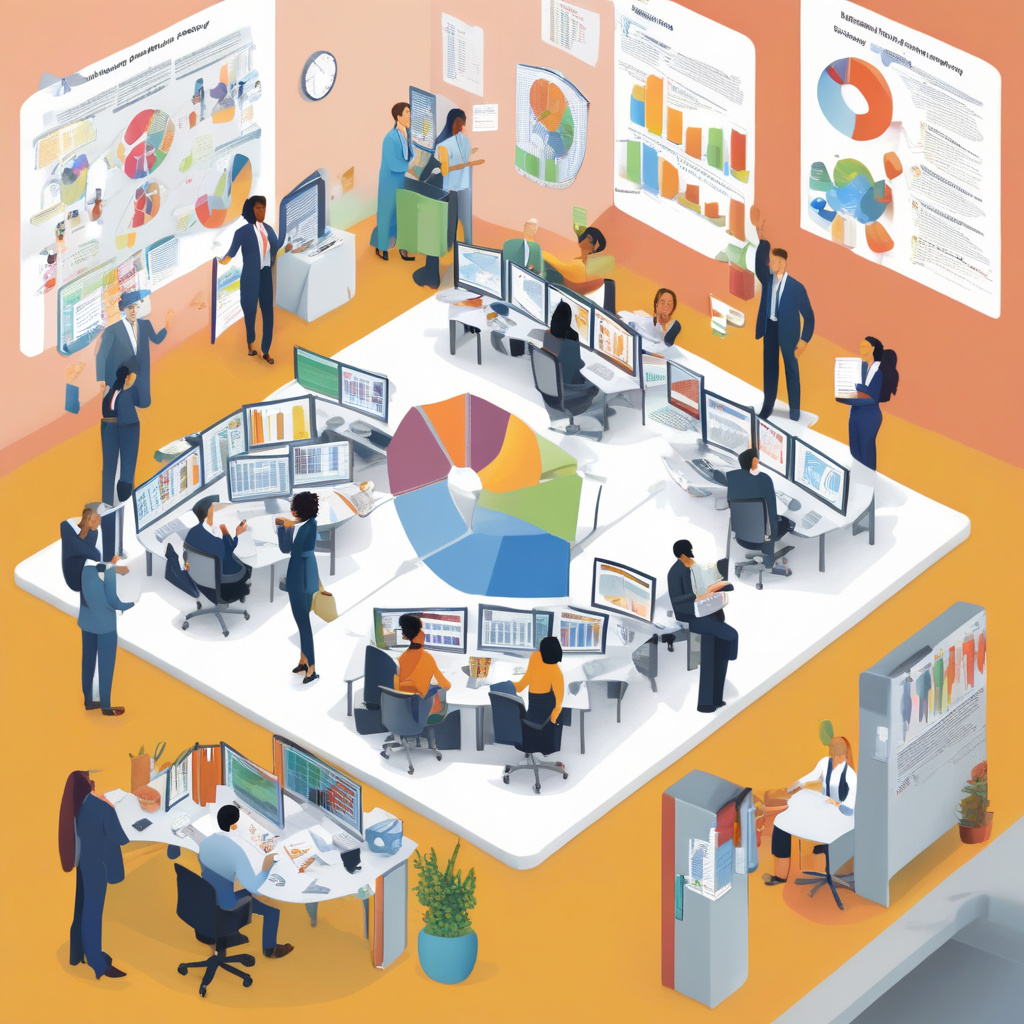10 Steps for a Smooth and Rewarding ERP Journey
In the fast-paced world of business, staying competitive means constantly evolving and adapting to new technologies. Enterprise Resource Planning (ERP) systems have become a cornerstone for many companies, streamlining processes, enhancing efficiency, and providing valuable insights through data analytics. However, transitioning to a new ERP system can be a daunting task for any organization. It requires careful planning, execution, and management to ensure a smooth and rewarding journey.
Here are 10 essential steps to help guide your company through a successful ERP implementation:
- Assess Current Processes and Set Goals: Before diving into ERP implementation, take the time to evaluate your current processes, pain points, and long-term objectives. Define clear goals and expectations for the new system to align with your business strategy.
- Build a Competent Team: Assemble a dedicated team with representatives from different departments to ensure all perspectives are considered. Assign key roles and responsibilities, including a project manager to oversee the implementation process.
- Choose the Right ERP Solution: Conduct thorough research to select an ERP system that best fits your business needs. Consider factors such as scalability, industry-specific features, ease of use, and vendor reputation.
- Customize Wisely: While customization can address specific requirements, excessive modifications can lead to complications during upgrades and maintenance. Strive to strike a balance between customization and standardization.
- Provide Adequate Training: Invest in comprehensive training programs to familiarize users with the new ERP system. Ensure that employees understand the benefits, functionalities, and best practices to maximize utilization.
- Data Migration and Integration: Plan meticulously for data migration from existing systems to the new ERP platform. Verify data accuracy, consistency, and integrity throughout the process. Establish seamless integration with other tools and applications.
- Test Thoroughly: Conduct rigorous testing phases to identify and resolve any issues before the system goes live. Test various scenarios, user roles, and functionalities to ensure smooth performance under different conditions.
- Go-Live Strategy: Develop a well-defined go-live strategy that includes phased implementation, user support, and contingency plans. Monitor system performance closely during the initial stages and address any issues promptly.
- Continuous Improvement: Post-implementation, encourage feedback from users to identify areas for improvement. Regularly review system performance, KPIs, and user satisfaction to drive ongoing enhancements and optimizations.
- Stay Updated: Stay informed about software updates, new features, and industry trends related to your ERP system. Engage with the vendor community, attend training sessions, and leverage support resources to maximize the benefits of your ERP investment.
Embarking on an ERP journey is a significant undertaking that requires careful planning, collaboration, and adaptability. By following these 10 steps and maintaining a proactive approach, your organization can navigate the complexities of ERP implementation successfully and unlock the full potential of a modernized business software stack.
The post “10 Steps for a Smooth and Rewarding ERP Journey” originally appeared on Digital Commerce 360.
#ERP, #DigitalTransformation, #BusinessStrategy, #DataAnalytics, #ImplementationJourney
